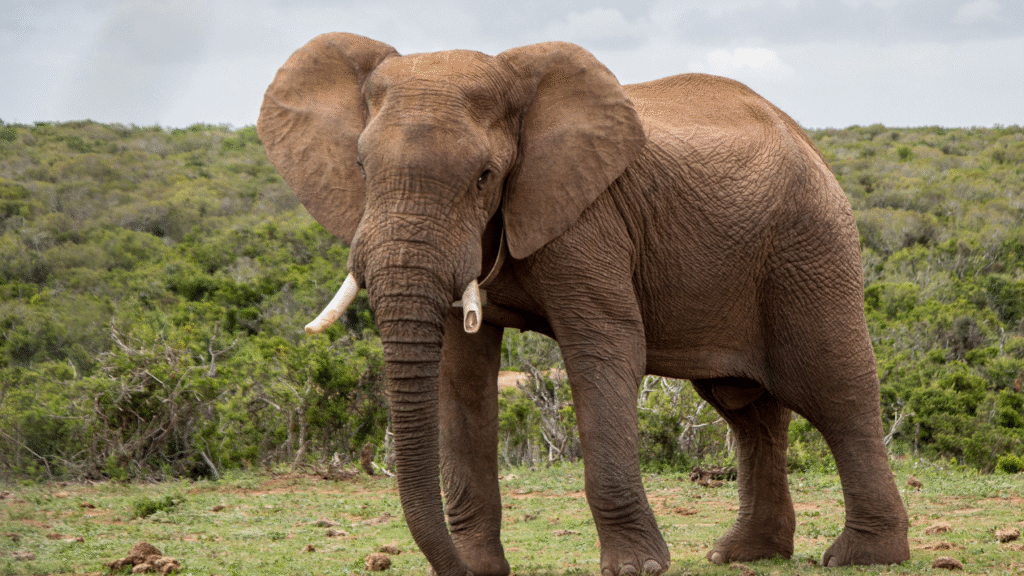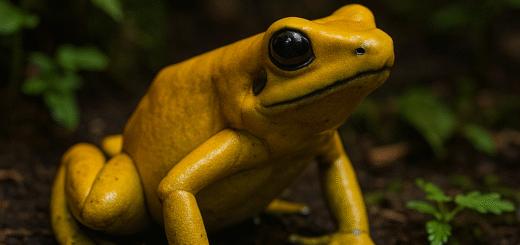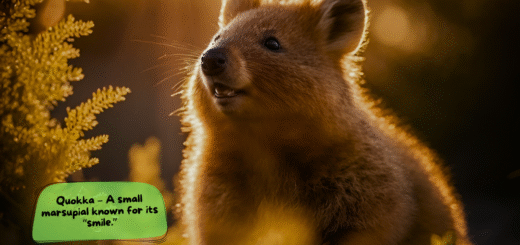The Majestic Giants: Exploring the World of Elephants
Elephants, the largest land mammals on Earth, have long captivated human imagination with their intelligence, strength, and deep emotional lives. These gentle giants are not only iconic symbols of nature’s beauty but also essential to the ecosystems they inhabit. From African savannahs to Asian rainforests, elephants are truly majestic giants deserving of admiration and protection.

Understanding the Different Species of Elephants
There are three recognized species of elephants:
- African Savannah Elephant (Loxodonta africana) – The largest of all elephants, found in open plains and grasslands.
- African Forest Elephant (Loxodonta cyclotis) – Smaller, with straighter tusks, adapted to dense tropical forests.
- Asian Elephant (Elephas maximus) – Found across 13 countries in Asia, smaller than their African cousins, with smaller ears and a domed head.
Each species plays a unique role in its environment and faces different challenges due to habitat loss, human conflict, and poaching.
Social Creatures with Strong Bonds
Elephants are highly social animals. They live in tight-knit family groups led by the oldest female, known as the matriarch. These herds rely on her memory to find water, food, and safe routes during migration. Calves are raised not just by their mothers but also by aunts and older siblings, creating a nurturing community.
Their emotional intelligence is striking. Elephants have been observed mourning their dead, comforting one another, and even displaying joy and playfulness. These behaviors indicate a level of empathy rare in the animal kingdom.
The Elephant’s Role in Ecosystems
Elephants are known as ecosystem engineers. They clear trees and create pathways through forests, which benefits other species. In dry regions, they dig water holes with their tusks, providing essential hydration points for other animals. Their dung also spreads seeds, encouraging forest growth and biodiversity.
Without elephants, entire ecosystems can become imbalanced.
Challenges Elephants Face Today
Despite their grandeur, elephants are under threat. The illegal ivory trade has decimated populations, especially in Africa. Habitat destruction from agriculture and urbanization also fragments elephant territories, leading to human-elephant conflict.
According to the World Wildlife Fund (WWF), African elephants are now listed as endangered, and Asian elephants are classified as endangered by the IUCN Red List. Urgent action is needed to protect them through stronger laws, anti-poaching efforts, and sustainable land-use practices.
Conservation Efforts and Hope
Around the world, numerous organizations are working to save elephants:
- Sanctuaries provide safe havens for injured or orphaned elephants.
- Eco-tourism programs educate visitors while generating income for local communities.
- Tracking and research help conservationists understand elephant movement and needs.
Education is key. The more people learn about elephants, the more likely they are to support their survival.
Final Thoughts: Why Elephants Matter
Elephants are more than just majestic animals – they are vital to the health of our planet and mirrors of our own emotional lives. By protecting elephants, we not only preserve a symbol of wild beauty but also support ecosystems that countless other species – including humans – depend on.








